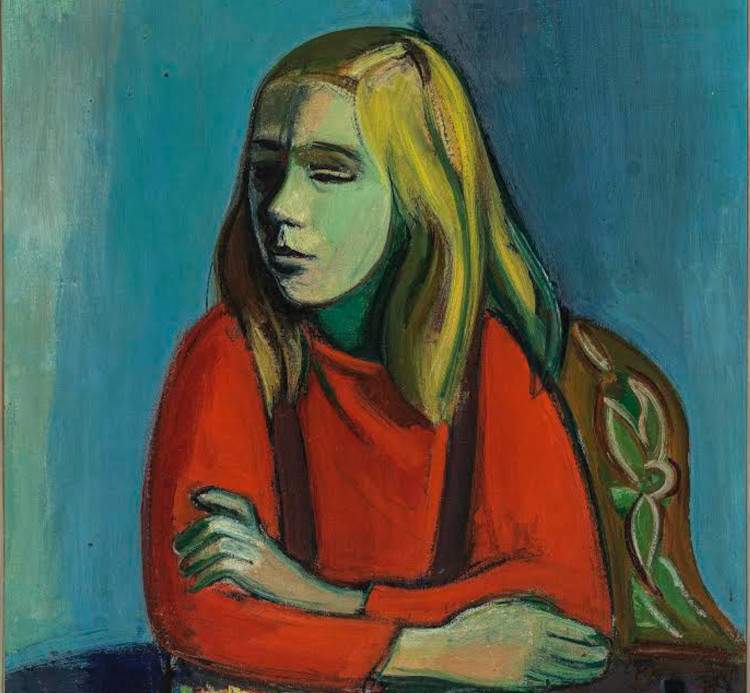Flame by Rudolf Levy, Jewish painter deported to Auschwitz, enters Uffizi collections
On the occasion of Holocaust Memorial Day, the Uffizi Galleries purchased Fiamma, an important portrait created by Jewish painter Rudolf Levy who was deported from Florence to Auschwitz. The painting, which will be on display from Jan. 25 at Palazzo Pitti, was chosen as the cover image for the volume Gli ebrei nell’Italia fascista by Michele Sarfatti.
Rudolf Levy (Szczecin 1875 - Auschwitz in 1944), a great painter of the 20th century, executed the portrait in Florence in 1942, just a year before he was deported: in fact, he spent the last years of his life in the Tuscan capital. He arrived there in December 1940 and remained there until December 1943, when he was arrested and deported to Auschwitz.
"Rudolf Levy was one of the most important Jewish artists in exile in Florence during World War II. His works, inspired by Matisse, were put on the index of degenerate art by the Nazis. Fiamma is the first of his paintings to enter the Uffizi’s collections, and it will be part of the exhibition on the artist scheduled for 2023, the first monographic exhibition dedicated to him, which the Galleries have been preparing for some time together with the Museo e Centro di Documentazione della Deportazione e Resistenza in Prato," said Uffizi Galleries Director Eike Schmidt. Next year, therefore, a retrospective on the artist will be dedicated at the Uffizi.
Today, however, the live Facebook Uffizi On Air will be dedicated to the theme of the Shoah, and in particular to Cesare Fasola (1886-1963). Claudio Di Benedetto and Alessia Cecconi, from the Magliabechiana Library of the Galleries, remember the man who for more than 20 years was the director of the Library of the then Superintendency of Fine Arts, but who above all, during World War II, worked to defend the collections of Jews. It was he who in many cases prevented the transfer of books and documents and tried to thwart Nazi raids.
Image: Rudolf Levy, Flame, detail (1942; oil on canvas, 73 x 60 cm; Florence, Uffizi Galleries)
 |
| Flame by Rudolf Levy, Jewish painter deported to Auschwitz, enters Uffizi collections |
Warning: the translation into English of the original Italian article was created using automatic tools. We undertake to review all articles, but we do not guarantee the total absence of inaccuracies in the translation due to the program. You can find the original by clicking on the ITA button. If you find any mistake,please contact us.





























